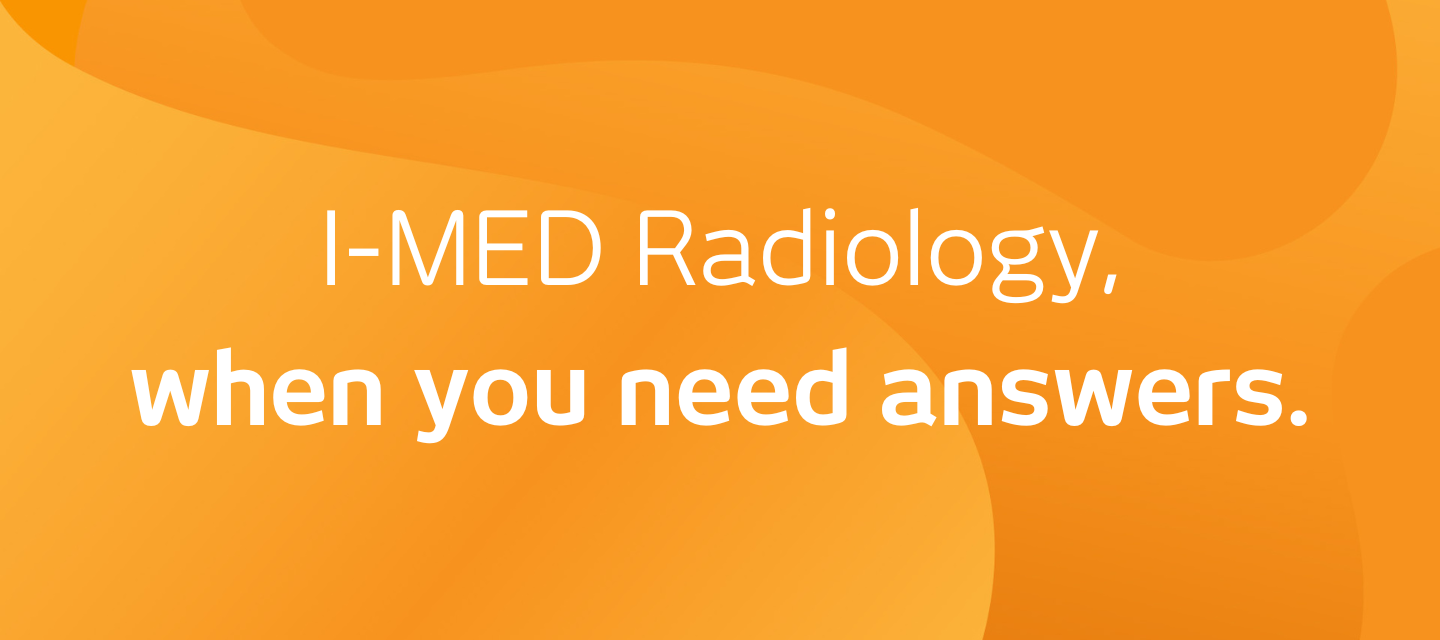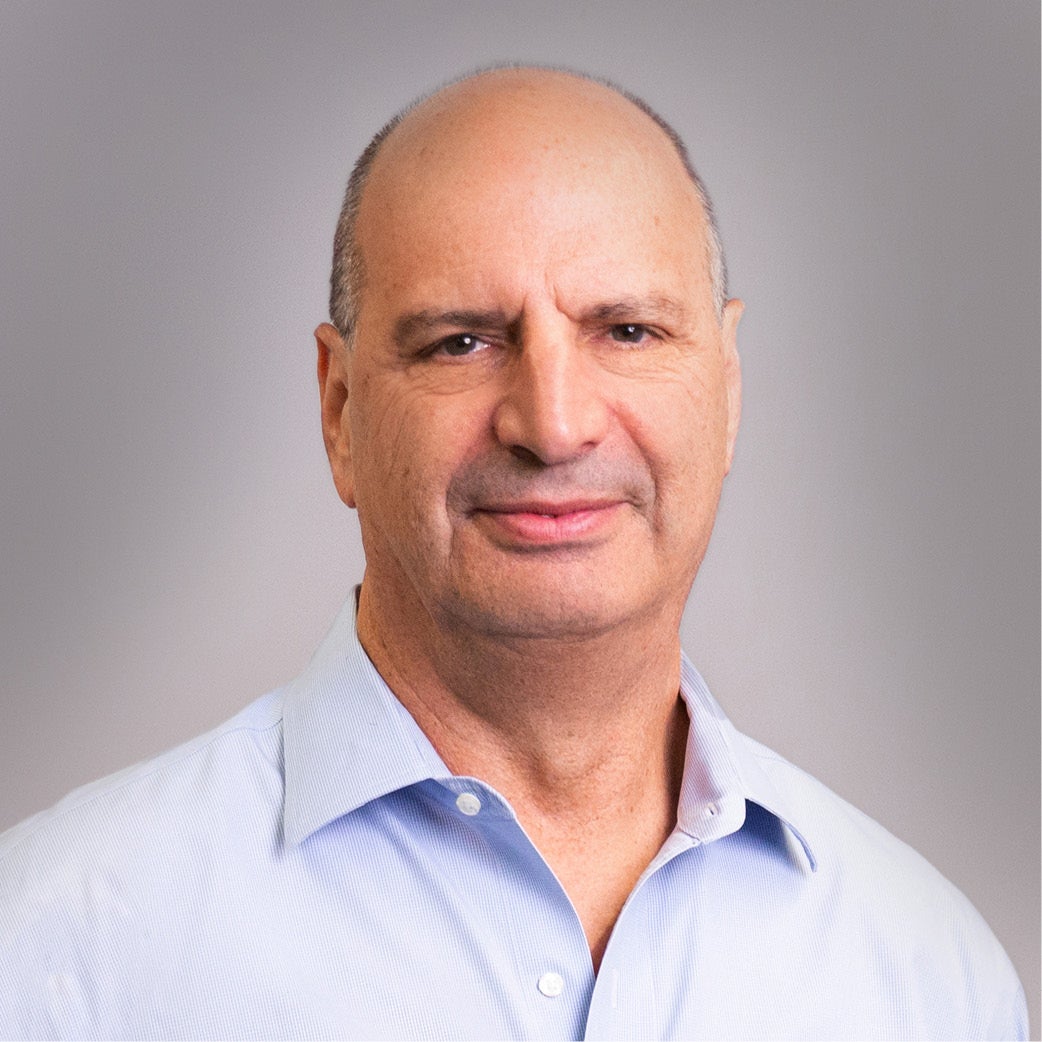

Nuclear medicine
Nuclear medicine

What is nuclear medicine?
Nuclear medicine is a medical speciality that involves giving a patient a small amount of radioactive medication, called a radiopharmaceutical. This makes the body slightly radioactive for a short time. A special nuclear medicine camera detects the radiation, which is emitted from the body, and takes images or pictures of how the inside of the body is working. The radioactive medication is most commonly injected into the blood stream through a vein, but might be given in different ways, including:
- swallowed
- injected directly into the tissue beneath the skin
- injected into a shunt
- injected into a joint
- inhaled (breathed in).
Only a very small amount of radiopharmaceutical is given to keep the radiation dose to a minimum.
Nuclear medicine can also be used to treat some diseases or conditions. In these cases, the amount of radiopharmaceutical given is much greater, and it mostly goes to the diseased or abnormal organ. The type of radiopharmaceutical given usually emits ionising radiation that has the maximum effect on the part of the body or organ system being treated.
What to expect during a nuclear medicine scan
Do you speak a language other than English? You can watch this video using translated subtitles - follow these instructions to select your language.
How is nuclear medicine different from normal x-ray and CT examinations? keyboard_arrow_down
During a normal x-ray or CT examination, an image is formed from the ‘shadow’ created by the body as it is positioned between the x-ray machine (source of the x-ray beam) and the x-ray detector. The body stops some, but not all of the x-rays and the patient is not made radioactive by the x-rays.
In nuclear medicine studies, the radiopharmaceutical given to the patient makes them, and the organ system or body part being studied, radioactive for a short time. This ionising radiation (usually a gamma ray) is emitted or released from the body, and can be detected and measured using a nuclear medicine gamma camera. All living things contain some radioisotopes (such as carbon 14 and potassium 40) and a nuclear medicine study will make them ‘more radioactive than normal’ for a short time – hours or days.
An x-ray or CT image is formed from ionising radiation (x-rays) that passes through the body, but does not arise from the body; whereas a nuclear medicine image is formed from the ionising radiation (usually gamma rays) emitted from within the body. A gamma ray has similar properties to an x-ray, but it arises from the nucleus of an atom, whereas an x-ray arises from the electron shell of an atom.
Another way that nuclear medicine is different from x-ray and CT examinations is that an x-ray study shows what something looks like. This gives indirect information about how it is working: normally, abnormally, diseased, injured and so on.
In nuclear medicine studies, the radiopharmaceutical usually only goes to the part of the body or organ system if it has some function and so shows how it is working. Nuclear medicine and x-ray tests are often complementary, providing different information that together make a diagnosis more certain.
What is a radiopharmaceutical? keyboard_arrow_down
A radiopharmaceutical is a medication used in nuclear medicine that has a radioactive part and a pharmaceutical part.
The radioactive part is sometimes referred to as a radioactive label or a radioactive tracer. The radioactive part is an unstable element (radioisotope) that gives off energy as it decays (disintegrates or breaks down) and changes to a different element or energy state. The actual amount of the radioactive substance given for most imaging tests is usually very small, approximately millionths of a gram. The dose of ionising radiation received by a patient having a nuclear medicine test can be very low or moderate and the dose varies between different types of studies. The ionising radiation is in a similar range to that received from computed tomography (CT) imaging.
The body does not feel the ionising radiation, and it does not make you ‘warmer’ or ‘glow in the dark’. The number of times the nuclear medicine camera takes images does not determine the dose of ionising radiation received during a nuclear medicine test. It is determined by the type and amount of radiopharmaceutical injected, the half-life of the radioisotope and how quickly this is eliminated from the body in urine, stools or breath. The half-life is the time taken for half of the radioactive atoms to decay or change their energy state. For most radioisotopes used in nuclear medicine, this half-life is measured in hours, so after a day or so there is very little radioactivity remaining.
The pharmaceutical part can be a few atoms or a complex molecule that helps take the radioactive part to the area of the body being studied. It is mostly the choice of the pharmaceutical part that determines where the radiopharmaceutical will go in the body and what organ system will be shown.
What is a gamma camera? keyboard_arrow_down
A gamma camera is a machine that is able to detect and make images from the very small amounts of ionising radiation emitted from patients having a nuclear medicine study. The gamma camera usually has a table, often narrow, on which the patient lies. The images are taken using the camera ‘head’.
There are no unusual sensations associated with having images taken with a gamma camera and the machine makes no noise.
What are the benefits of a nuclear medicine study? keyboard_arrow_down
A nuclear medicine study helps your doctor evaluate how a particular area of your body or organ system is working. It can give information about how an injury, disease or infection might be affecting your body. It can also be used to show improvement or deterioration of a known abnormality after any treatment you might have had. Nuclear medicine studies are very good at showing how an organ system is working, and often complement other investigations and imaging studies.
Who does the nuclear medicine study? keyboard_arrow_down
A radiologist or physician (specialist doctor) who has completed specific training in nuclear medicine will oversee the study. Often they will be accompanied by a nuclear medicine technician who has obtained a university degree in nuclear medicine, qualifying them to:
- measure and use radiopharmaceuticals
- give injections and take blood samples
- use nuclear medicine gamma cameras
- use computers to process and analyse nuclear medicine studies
- understand diseases investigated or treated by nuclear medicine.
What are the risks of a nuclear medicine study? keyboard_arrow_down
There are minimal risks in having a nuclear medicine study. These are allergic reactions and radiation risk.
- Allergic reactions have been described, but are very rare and almost always minor. If you have ever had an allergic reaction to a medication you should tell our staff, before you have the radiopharmaceutical. In most cases, there will be no reason to cancel the study, but you might be observed more closely during the test to ensure any reaction is treated appropriately.
- Radiation risk
For children and adults
- The test involves a small dose of radiation from the radiopharmaceutical medication. The dose is similar to CT and fluoroscopy procedures. As for all imaging studies involving ionising radiation, it is important that careful consideration is given to carrying out an alternative test that does not involve ionising radiation (such as ultrasound or magnetic resonance imaging (MRI). The radiation dose received from bone scans and renal scans is minimised by encouraging the patient to drink more clear fluid after the test. Nuclear medicine studies are used in children, and the dose of the radiopharmaceutical given is adjusted to the patient’s weight.
For pregnant women
Imaging of pregnant women with ionising radiation is generally avoided if possible. When it is required, it is usually carried out after discussion with the supervising nuclear medicine specialist. Pregnant women do sometimes have nuclear medicine studies, but this is usually only for blood clots in the lungs (pulmonary emboli (PE). The radiation dose and associated risks of a lung scan to the patient and foetus (unborn child) are small in comparison to the risk of not diagnosing the PE. The dose given is reduced to minimise the radiation dose further.
For breast-feeding patients and/or those having close contact with children
- If a person having a nuclear medicine scan is breast-feeding and has close contact with children, there could be unnecessary radiation passed on to the child. Breast-feeding and close contact might need to be restricted, depending on the radiopharmaceutical used. More specific information and restriction times can be obtained from the nuclear medicine technologist or specialist carrying out the study.
- If breast-feeding needs to be restricted, the milk can be expressed and stored (back of the fridge or frozen) for use after the restriction period.
- If close contact with a child needs to be minimised, it is important to remember the emotional needs of the child. If the child needs a cuddle then this should occur. The child can be touched or kissed, but if another carer is available to comfort the child, then this would be preferable. If the child is happy and/or content, then a safe distance of 2–3 metres should be maintained between the child and the person who received the radiopharmaceutical.
How do I get my results? keyboard_arrow_down
A Diagnostic Radiography Radiologist will review your images, along with your medical history and any previous imaging. Your referring doctor will receive a report within 48 hours of the examination. If your results are urgent, or you have a same day appointment with your doctor we will arrange for your results to be available immediately following the scan. Please arrange a follow up appointment with your referring doctor to discuss the results.
Pregnancy/breastfeeding safety information keyboard_arrow_down
Click here to read more information and download our consent form.
Related procedures

This information has been reviewed and approved by Dr Ronald Shnier (I-MED Chief Medical Officer).
Related articles

Related procedures

This information has been reviewed and approved by Dr Ronald Shnier (I-MED Chief Medical Officer).
Related articles

